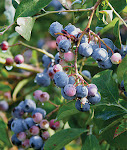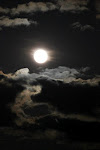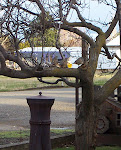For the area I live in:
Each winter, on average, the risk of frost is from September 24 through May 21.
Almost certainly, however, you will receive frost from October 8 through April 23.
You are almost guaranteed that you will not get frost from June 18 through September 11.
Your frost-free growing season is around 126 days. Zone 5b-6a
I am planting Yellow Pear Tomato, a heirloom variety grown since the late 1880's. Suggested to start indoors 6-8 weeks prior to last frost date and to plant outdoors after danger of frost has past. Grow in full sun (will do well in part shade.) Approximately 75 days to maturity. It is considered a vigorous vine type that is heat resistant and cold tolerant. It's growing habit is Indeterminate and needs support. Taking into consideration that the seeds may take 10 to 20 days to germinate and they won't be planted until June 1st, they should be started by about April 10th. To be honest, I usually start my tomatoes in March, but I am so behind this year that they didn't get started until the 19th of April. Still should be plenty of time to get some delicious little tomatoes.
Most seed packets will list the approximate maturity date for each plant. By counting backwards from the last frost date in your area, you can decide if you still have time to plant those bonus vegetables. For instance, if you would like to try growing bush beans, which take about 50-55 days to produce, count back 55 days from your first expected frost date. In our area, (according to farmer’s almanac) the first frost could be approximately October 20. Counting backwards would mean you should get those seeds in the ground well before August 26 to reap a harvest. Keep in mind that the timing stated on seed packets usually starts after the seeds have germinated, which can take a few days to a week. Most seeds will germinate more quickly by soaking them overnight, and you could buy yourself a couple of days.
Fortunately, some cool season crops such as spinach, kale, and lettuce can handle a light frost. You can count back to time these crops to mature before the first frost, but since they are “cut and come again” and will regrow once cut, you will be able to enjoy these vegetables into late fall and early winter. Kale is said to taste sweeter after a light frost. Reap a late harvest this season. Look for seeds with fast-growing rates such as lettuce, beets, and radishes




















